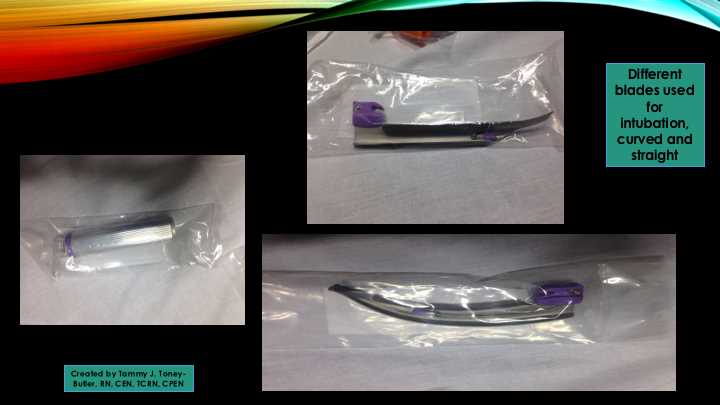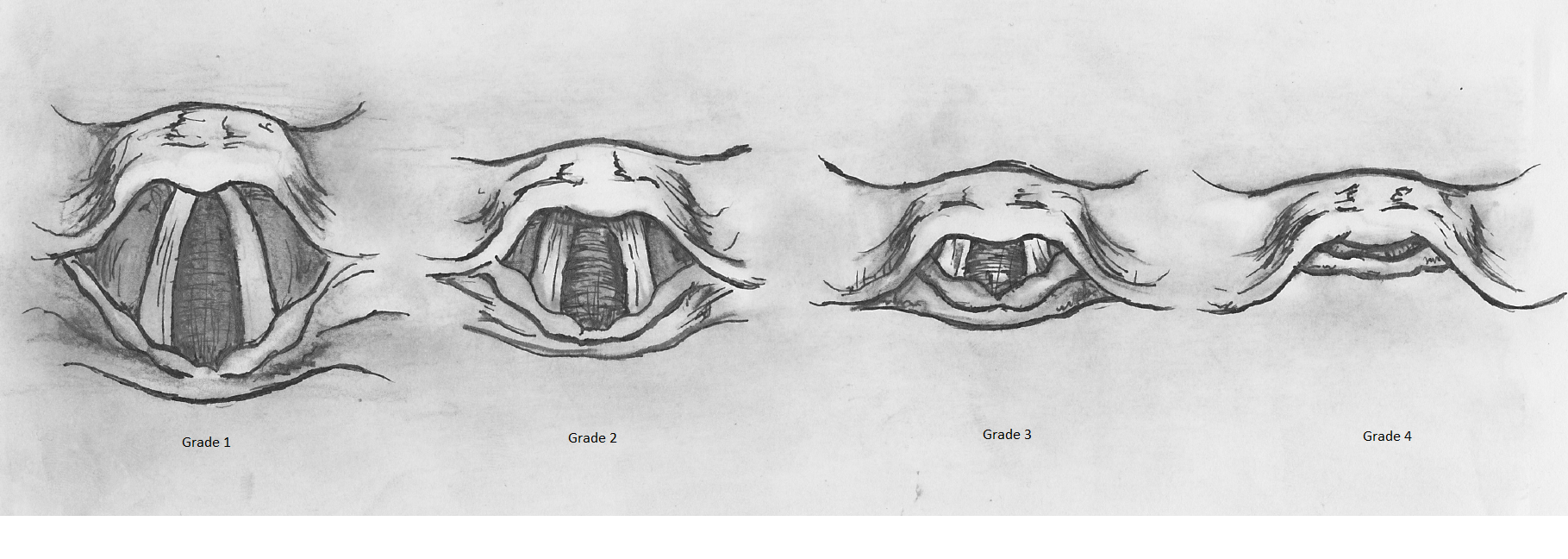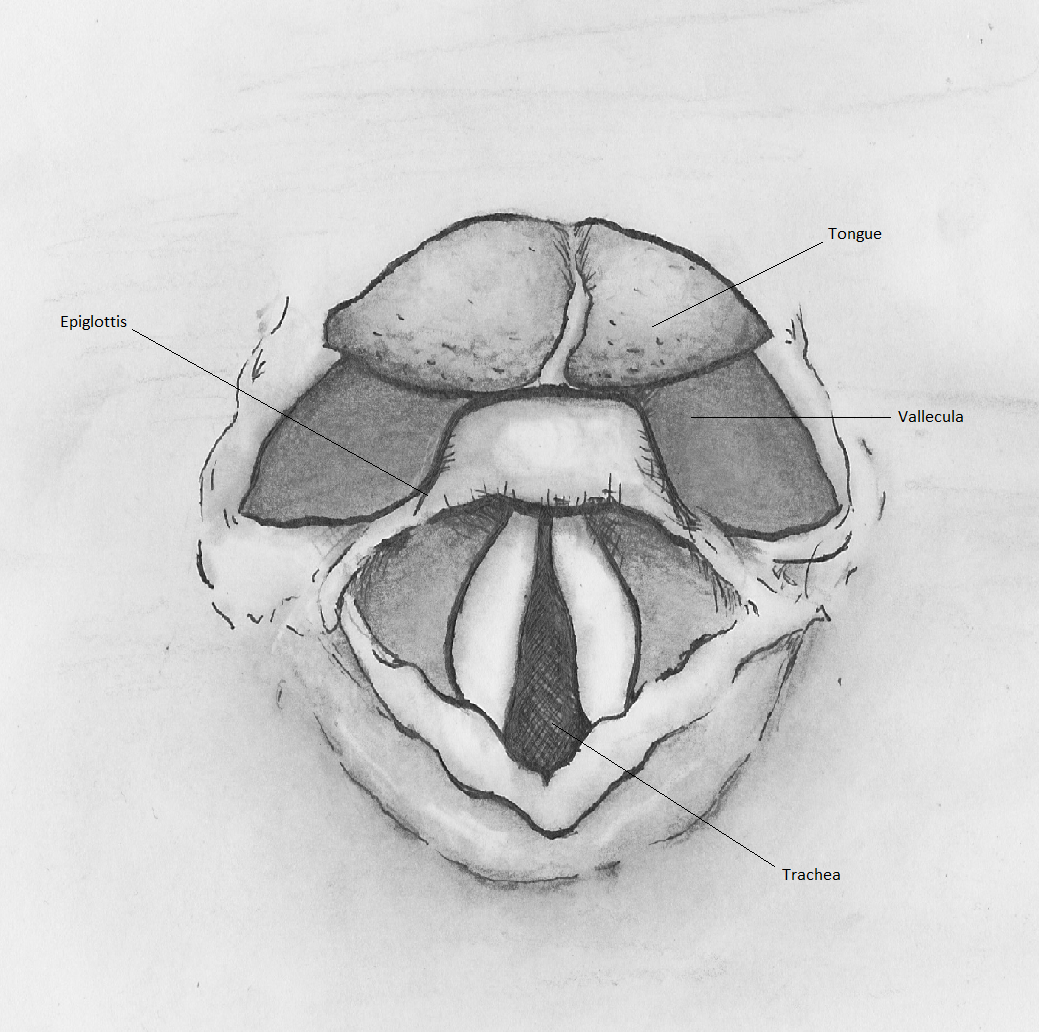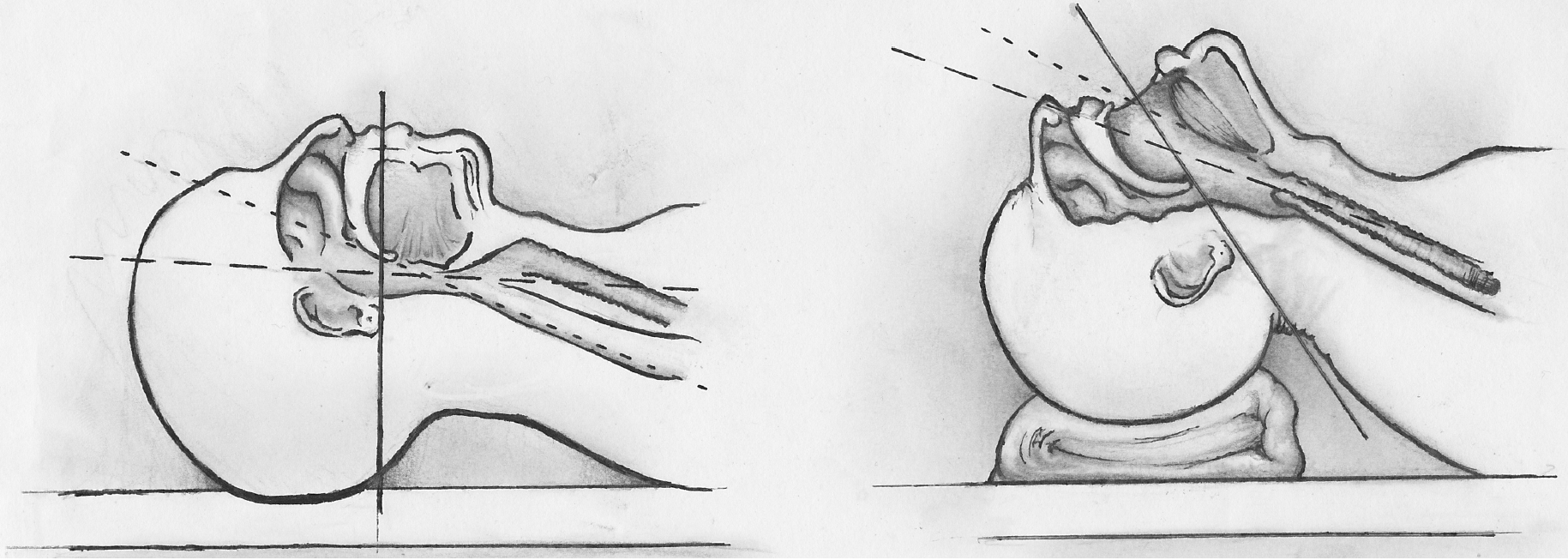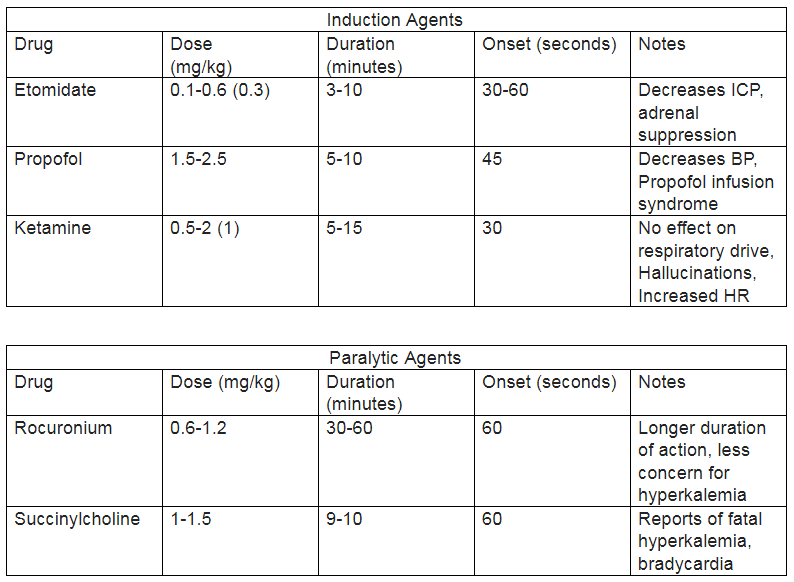[1]
Mosier JM, Sakles JC, Law JA, Brown CA 3rd, Brindley PG. Tracheal Intubation in the Critically Ill. Where We Came from and Where We Should Go. American journal of respiratory and critical care medicine. 2020 Apr 1:201(7):775-788. doi: 10.1164/rccm.201908-1636CI. Epub
[PubMed PMID: 31895986]
[2]
Saoraya J, Vongkulbhisal K, Kijpaisalratana N, Lumlertgul S, Musikatavorn K, Komindr A. Difficult airway predictors were associated with decreased use of neuromuscular blocking agents in emergency airway management: a retrospective cohort study in Thailand. BMC emergency medicine. 2021 Mar 25:21(1):37. doi: 10.1186/s12873-021-00434-2. Epub 2021 Mar 25
[PubMed PMID: 33765918]
Level 2 (mid-level) evidence
[3]
Gopinath B, Sachdeva S, Kumar A, Kumar G. Advancing emergency airway management by reducing intubation time at a high-volume academic emergency department. BMJ open quality. 2021 Jul:10(Suppl 1):. doi: 10.1136/bmjoq-2021-001448. Epub
[PubMed PMID: 34344738]
Level 2 (mid-level) evidence
[4]
Fouche PF, Meadley B, StClair T, Winnall A, Stein C, Jennings PA, Bernard S, Smith K. Temporal changes in blood pressure following prehospital rapid sequence intubation. Emergency medicine journal : EMJ. 2022 Jun:39(6):451-456. doi: 10.1136/emermed-2020-210887. Epub 2021 Jul 16
[PubMed PMID: 34272210]
[6]
Botha JC, Lourens A, Stassen W. Rapid sequence intubation: a survey of current practice in the South African pre-hospital setting. International journal of emergency medicine. 2021 Aug 17:14(1):45. doi: 10.1186/s12245-021-00368-3. Epub 2021 Aug 17
[PubMed PMID: 34404352]
Level 3 (low-level) evidence
[7]
Avery P, Morton S, Raitt J, Lossius HM, Lockey D. Rapid sequence induction: where did the consensus go? Scandinavian journal of trauma, resuscitation and emergency medicine. 2021 May 13:29(1):64. doi: 10.1186/s13049-021-00883-5. Epub 2021 May 13
[PubMed PMID: 33985541]
Level 3 (low-level) evidence
[8]
Fakhry SM, Scanlon JM, Robinson L, Askari R, Watenpaugh RL, Fata P, Hauda WE, Trask A. Prehospital rapid sequence intubation for head trauma: conditions for a successful program. The Journal of trauma. 2006 May:60(5):997-1001
[PubMed PMID: 16688061]
[9]
Kriege M, Lang P, Lang C, Pirlich N, Griemert EV, Heid F, Wittenmeier E, Schmidtmann I, Schmidbauer W, Jänig C, Jungbecker J, Kunitz O, Strate M, Schmutz A. Anaesthesia protocol evaluation of the videolaryngoscopy with the McGrath MAC and direct laryngoscopy for tracheal intubation in 1000 patients undergoing rapid sequence induction: the randomised multicentre LARA trial study protocol. BMJ open. 2021 Oct 6:11(10):e052977. doi: 10.1136/bmjopen-2021-052977. Epub 2021 Oct 6
[PubMed PMID: 34615684]
Level 1 (high-level) evidence
[10]
Grant S, Pellatt RA, Shirran M, Sweeny AL, Perez SR, Khan F, Keijzers G. Safety of rapid sequence intubation in an emergency training network. Emergency medicine Australasia : EMA. 2021 Oct:33(5):857-867. doi: 10.1111/1742-6723.13742. Epub 2021 Feb 9
[PubMed PMID: 33565240]
[11]
Roshan R, Dhanapal SG, Joshua V, Madhiyazhagan M, Amirtharaj J, Priya G, Abhilash KP. Aspiration during Rapid Sequence Induction: Prevalence and Risk Factors. Indian journal of critical care medicine : peer-reviewed, official publication of Indian Society of Critical Care Medicine. 2021 Feb:25(2):140-145. doi: 10.5005/jp-journals-10071-23714. Epub
[PubMed PMID: 33707890]
